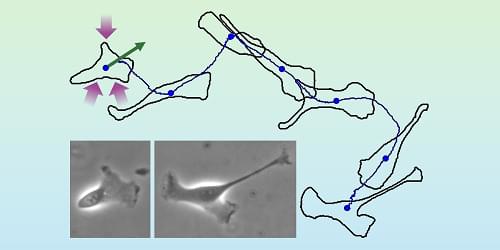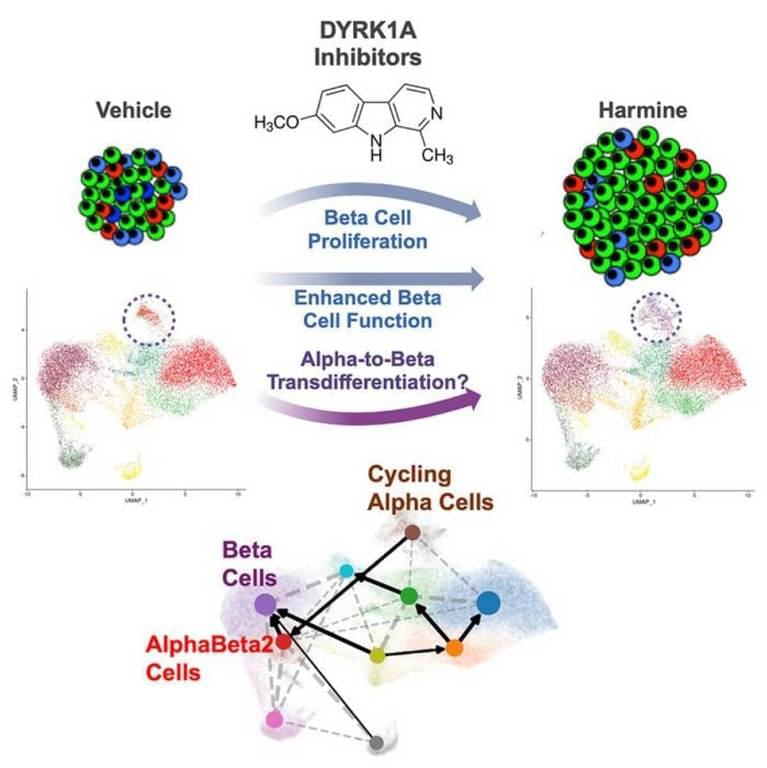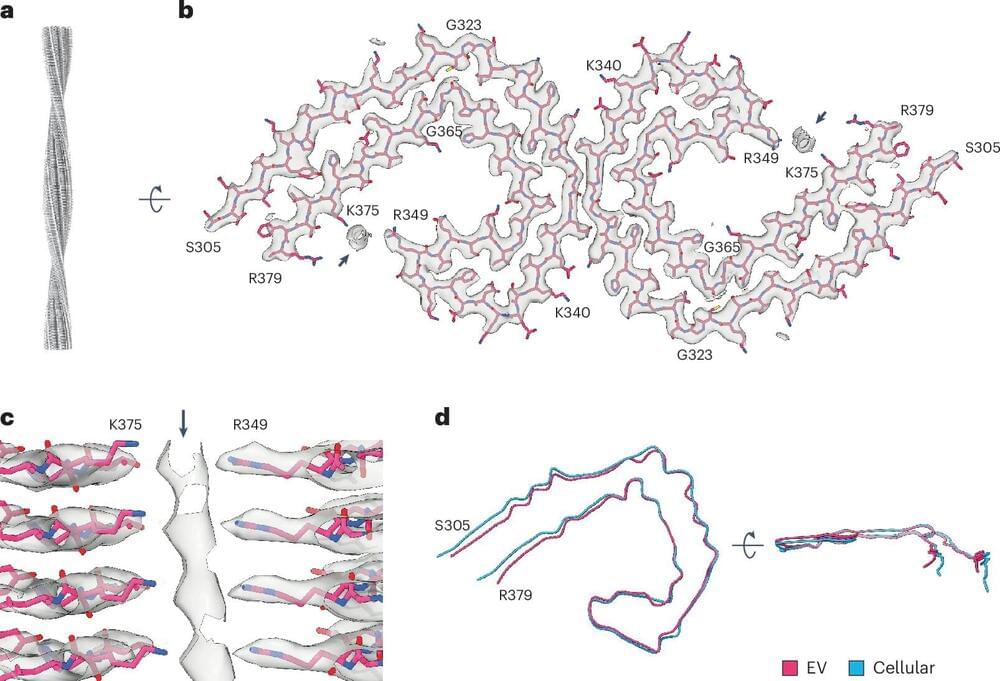A new theory related to the second law of thermodynamics describes the motion of active biological systems ranging from migrating cells to traveling birds.
In 1944, Erwin Schrödinger published the book What is life? [1]. Therein, he reasoned about the origin of living systems by using methods of statistical physics. He argued that organisms form ordered states far from thermal equilibrium by minimizing their own disorder. In physical terms, disorder corresponds to positive entropy. Schrödinger thus concluded: “What an organism feeds upon is negative entropy […] freeing itself from all the entropy it cannot help producing while alive.” This statement poses the question of whether the second law of thermodynamics is valid for living systems. Now Benjamin Sorkin at Tel Aviv University, Israel, and colleagues have considered the problem of entropy production in living systems by putting forward a generalization of the second law [2].







